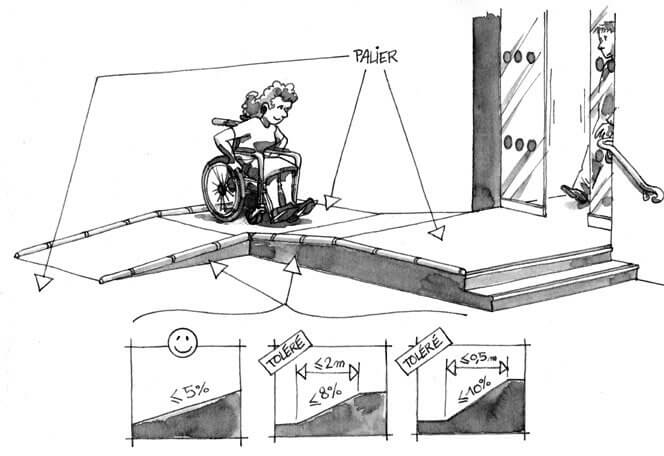

PMR slope is a unique type of slope that poses special challenges to engineers, contractors, and homeowners. It’s important to understand the concept of PMR because it can significantly impact the design of your home or property. A good understanding of how PMR impacts your project will help you reduce costs and time. There are different types of pente pmr (pmr slope) that need to be taken into account when designing property and the following will help you understand more about the different types and how they might affect your project in different ways.
What is PMR?
Pits, mounds, and ridges are all-natural features of the earth, when building on a slope that exposes soil layers, the surface layer of the soil can settle and push different layers of soil up and down. This can create a unique form of PMR.
First of all, look at a contour map of your property. You can then visually see the form of the land and the different layers of soil. If you have a slope that exposes soil layers, you may have PMR. PMR can occur in areas where the ground has settled, or it can occur in areas of steep elevation change. It’s important to understand that PMR can occur in areas with different elevations and also in flat areas.
Types of PMR Slopes
- Contour: Exposes soil layers.
- Flat: No exposed soil layers.
- S-Curve: S-Shape curved around the d hilltop. Exposed soil layers, creates a higher water table.
- U-Curve: U-Shape curved around the hilltop. No exposed soil layers create a lower water table.
- P-Curve: Pencil the straight on the hilltop. Exposed soil layers.
- Concrete Pits and Marshes These are terraced, man-made slopes that may be two, three, or four feet deep.
It is common practice to install them in commercial establishments that have a high volume of foot traffic, such as shopping malls, office buildings, educational institutions, and airports. Concrete curbs are often used in their construction because they restrict pedestrian traffic and so reduce the risk of accidents.
Mound and Ridge Slope
The presence of ridges and hollows is what distinguishes this particular PMR type from others. The most common variety of PMR is the mound PMR, but the ridge PMR is also rather prevalent. In most cases, mound and ridge PMR will develop on soils that are sandy, clay, or overly wet. The ridges are typically the result of a layer of more resistant rock that did not collapse into the hollow as the surrounding rock did.
Mound and ridge PMR takes place over sloped terrain with a 2-6% gradient. The height of the land above the property line affects how much water percolates through the ground. Mound and ridge PMR is often found in coastal settings with lots of sandstone and shale.
Non-Combined Sewer System Slope
This type of PMR occurs when there is a water table at or below the ground level, but there is a harder layer of rock that remains above the water table. The water table creates a horizontal or concave deposit where the water table is below ground level and this may be at a different level on different sides of a property.
It can occur on all canopies, however, non-combined sewer system PMR typically affects flat or non-contour slopes with a level, un-sloped property. These types of PMR can occur on joints in the soil as well as in areas near rivers and the ocean.
